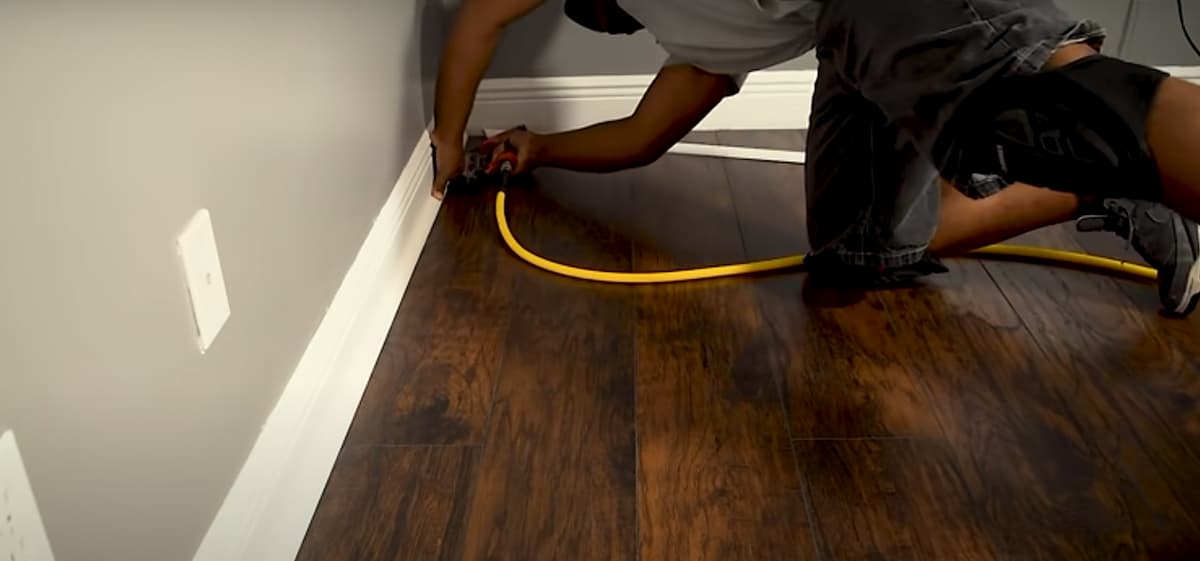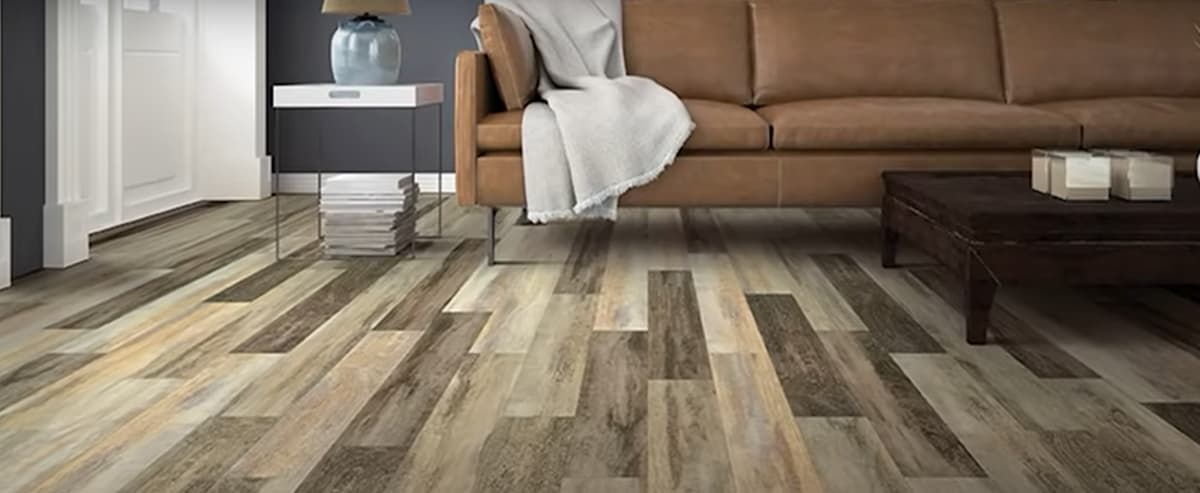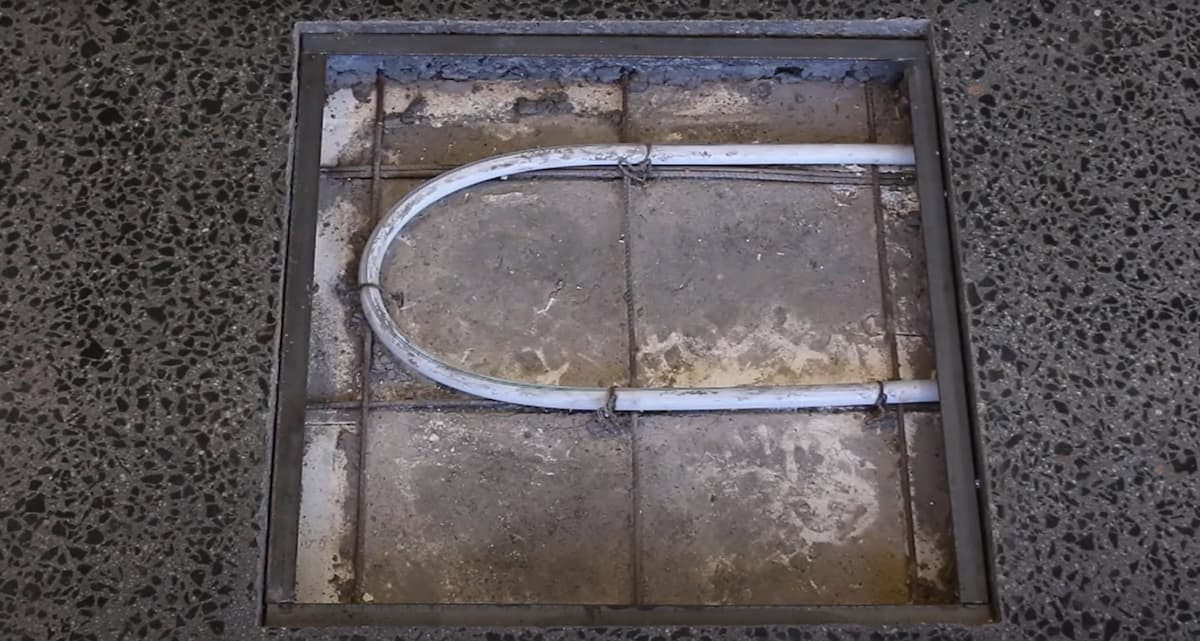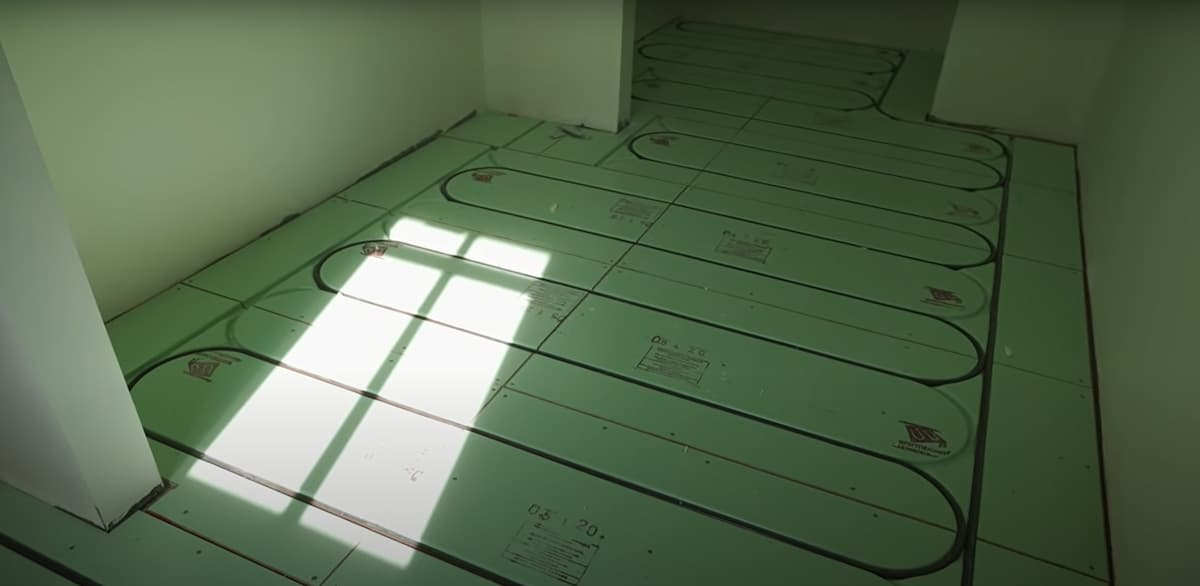When it comes to flooring one of the most expensive and challenging decisions you’ll make is choosing what material to lay down. The cost of materials can wipe out a tight budget with ease and the range available on the market today is staggering, from laminated wooden boards, recycled plastics and bamboo, to solid timber and engineered hardwood flooring, we’re spoilt for choice.
When you take into account that your floors may be walked on by you, your family and your guests, it becomes even harder to reach a decision as they’ll likely need to last very well over time.
So, if you’re taking the next step in your flooring journey, this is where we come in. Below are a few key points to consider when deciding between solid timber and engineered flooring.
Difference Between Solid Timber and Engineered Flooring
Solid timber flooring comes from a single piece of wood, where the grain runs continuously from end to end. Engineered flooring is made up of different layers of wood that are glued together with the grain direction at right angles to each other, which produces an effect that looks like solid hardwood without having to use a single piece. This means that you can get more from less when it comes to buying your materials and therefore save money in the process.
Ensure Long-term Performance
It’s important to note that while engineered flooring may look similar to solid hardwood, its construction makes it much less stable. With only a thin veneer being used for covering purposes, there is a greater risk involved if changes need to be made to the structure of your property and are, therefore, more prone to warping and swelling over time. To ensure long-term performance, you’ll need to make sure that your floors are properly cared for and maintained by using flooring oil or wax at regular intervals.
Engineered vs Solid Timber Flooring
Solid timber is more durable than engineered flooring, as it has a greater resistance to dents and knocks. This means that your solid hardwood floors are less likely to have their finish chipped or damaged over time. Solid wood flooring also has an intrinsic beauty about it, with no two pieces of wood being exactly the same thanks to the natural variations in the grain patterns on each individual piece.
Colour Consistency Difference Between Engineered and Timber Flooring
So if you’re after long-term colour consistency throughout your new floors, this would not be the right choice for you. Engineered flooring comes with several benefits over solid timber, however, one of these is cost. As most materials used for producing engineered boards are cheaper than those used for solid hardwood flooring, they come at a substantially lower price.
Wasteful Materials Difference Between Engineered and Timber Flooring
In addition, engineered boards are less wasteful, which is beneficial from a sustainability perspective. Solid timber flooring guarantees a more natural appearance due to the fact that each individual board is sanded down and finished individually, making no two pieces exactly alike.
When it comes to choosing your new flooring material, know that both solid hardwood and engineered flooring have their benefits and drawbacks when compared side by side.
Difference Between Engineered and Solid Timber Flooring
Solid timber flooring tends to be more durable and resilient, while engineered hardwood flooring is cheaper and likely to last longer. However, don’t neglect your own personal needs and lifestyle requirements. If you’re looking for a good-value floor that may add value to your home over time, engineered boards could be the way to go. But if longevity is of utmost importance, or you just want to add a touch of natural beauty to your house with real wood floors, then solid hardwood may well be the choice for you.
Cost of Engineered vs Solid Hardwood Floors
Engineered hardwood flooring tends to come at a lower cost than does solid hardwood. It also offers the benefit of being more sustainable, since less wood is wasted with engineered boards than with traditional solid hardwood floors. If you’re looking for flooring that is cheap and long-lasting, engineered hardwood may be the way to go. So if you opt for solid hardwood, you are likely to have a more beautiful floor over time but also pay more money in the long run.
Engineered Flooring Cost
On average, an engineered hardwood floor costs around $65 up to $100 per square meter. It’s important to take into account factors such as the quality of the boards, the durability of the finish and whether you opt for prefinished or unfinished floors in order to get a true estimate of how much your project may cost.
Solid Timber Floor Cost
Solid wood flooring tends to be more expensive than engineered hardwood floors, with the average price per square meter hovering around $85 to around $130. If you choose cheaper or recycled wood for your flooring, however, you can make some savings, while choosing higher-quality woods may increase the cost of your project.
Solid Timber vs Engineered
Both solid hardwood and engineered timber floors have their pros and cons, so it’s important that you know what may work best for your own unique need. For those who want to add a touch of natural beauty to their house with real wood floors, we recommend a solid timber floor. But if longevity is of utmost importance, or you just want to add a good-value floor that may add value to your house over time, engineered timber floors could be the way to go.
Engineered vs Solid Timber
Engineered flooring comes with several benefits over solid hardwood, although one of these is cost. Solid wood flooring guarantees a more natural appearance due to the fact that each individual board is sanded down and finished individually, making no two pieces exactly alike.
When it comes to choosing your new flooring material, both engineered timber floor and solid timber floor have their pros and cons when compared side by side. So if you’re after long-term colour consistency throughout your new floors, then this would not be the right choice for you. However, if longevity is of utmost importance or you just want to add an inexpensive floor that may add value to your house over time, engineered timber floors could be the way to go.
Solid Timber Flooring vs Engineered Flooring
As most materials used for producing engineered boards are cheaper than those used for solid hardwood flooring, they come at a substantially lower price. In addition, engineered boards are less wasteful, which is beneficial from a sustainability perspective. Solid timber guarantees a more natural appearance due to the fact that each individual board is sanded down and finished individually, making no two pieces exactly alike.
When it comes to choosing your new flooring material, know that both solid hardwood and engineered flooring have their benefits and drawbacks when compared side by side.
Engineered Flooring vs Solid Timber Flooring
The benefits of engineered timber floors include ease of installation, less waste, and stronger boards. However, costs are not higher than a solid timber floor. A solid timber floor comes with the benefit of its natural beauty and individual sanding, finishing process which ensures no two pieces may be alike.
Depending on your needs when it comes to design, durability, installation time, cost, each one has its benefits over the other.
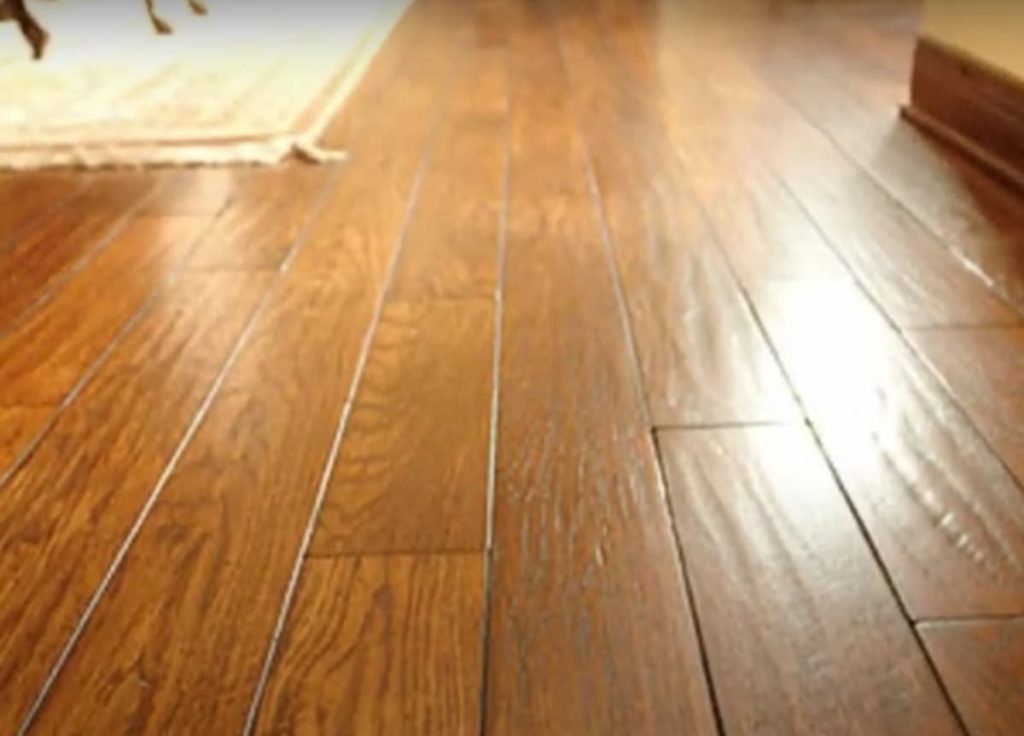
Which Flooring Materials are Used in Australia?
In many parts of Australia, carpet, tiles and vinyl are the most frequently encountered flooring materials. This is especially so in locations where homes have been built as part of a new housing subdivision. For those locations where homes were not built as part of a new housing subdivision, they often have more experience with hardwood floors or solid plank flooring on the ground level. However, this doesn’t mean that these other types of floors aren’t used on any level at all.
The hardwood flooring industry has experienced considerable growth over the last several years which is why more people are interested in learning about it. Many homeowners want to know whether their home can accommodate such an upgrade, regardless of whether it’s for their living room, dining room or bedroom.
What Type of Hardwood Flooring is Used in Australia?
Australian hardwoods are not frequently used as a result of being expensive and difficult to obtain for commercial use. As a result, most Australian homes have floors constructed from imported wood. This imported wood may include Brazilian ipe, woo eucalyptus, Asian oak and mid-eastern teak.
Although Western Red cedar is also available throughout Western Australia, it is considered an exotic species of the country meaning it’s considerably more expensive than North American species such as Canadian maple, blue stain pine and yellow heart pine among others. Engineered timber flooring is an alternative that most Australians pick since it looks like actual timber floors.
What is Engineered Timber Flooring?
Engineered timber flooring is wood that has been layered and bonded together with a synthetic resin. The layers are pressed together to form one plank and then covered by a protective clear coat. As each individual board is sanded down and finished, no two pieces may be exactly alike, making it an attractive choice for those seeking something more natural-looking.
What Type of Engineered Hardwood Flooring Can I Choose from?
When choosing your new flooring material, you may find that both solid hardwood and an engineered timber floor have their benefits and drawbacks when compared side by side. A solid timber floor guarantees a more natural appearance due to the fact that each individual board is sanded down and finished individually, but costlier than engineered timber floors as well as being less sustainable.
Engineered timber flooring provides an opportunity to have a durable surface that is high quality at a moderate price. In addition, engineered timber boards are less wasteful, which is beneficial from a sustainability perspective. Solid timber guarantees a more natural appearance due to the fact that each individual board is sanded down and finished individually, making no two pieces exactly alike.
Hardwood floors are long-lasting investments that may not only enhance your home’s aesthetic appeal but also improve its resale value. Whether you choose solid or engineered timber flooring, both come with their own set of benefits and drawbacks. For instance, solid hardwood floors offer durability as well as increased stability, however, pricing can be relatively expensive depending on the type of wood you choose to use.
The Verdict – What’s Better? Solid Timber Flooring or Engineered Timber Flooring
Engineered timber flooring typically costs less than solid hardwood floors while also being more sustainable. While there are differences between the two types of flooring, each offers its own set of benefits and drawbacks depending on your needs.
Whether it’s a bedroom, dining room or even kitchen, engineered timber floors provide an aesthetically pleasing look that will make guests want to know when they can install wood floors at their home as well.


